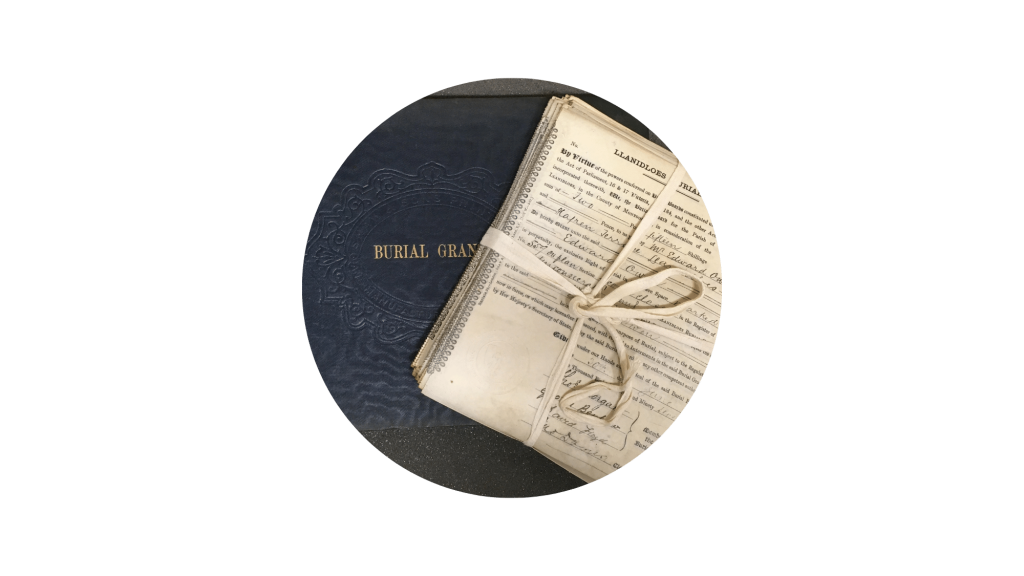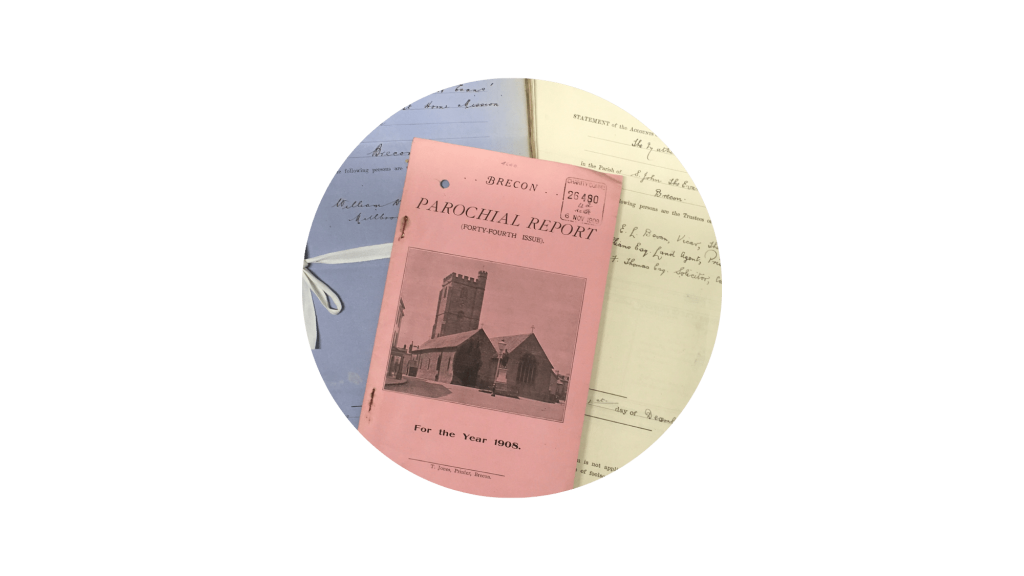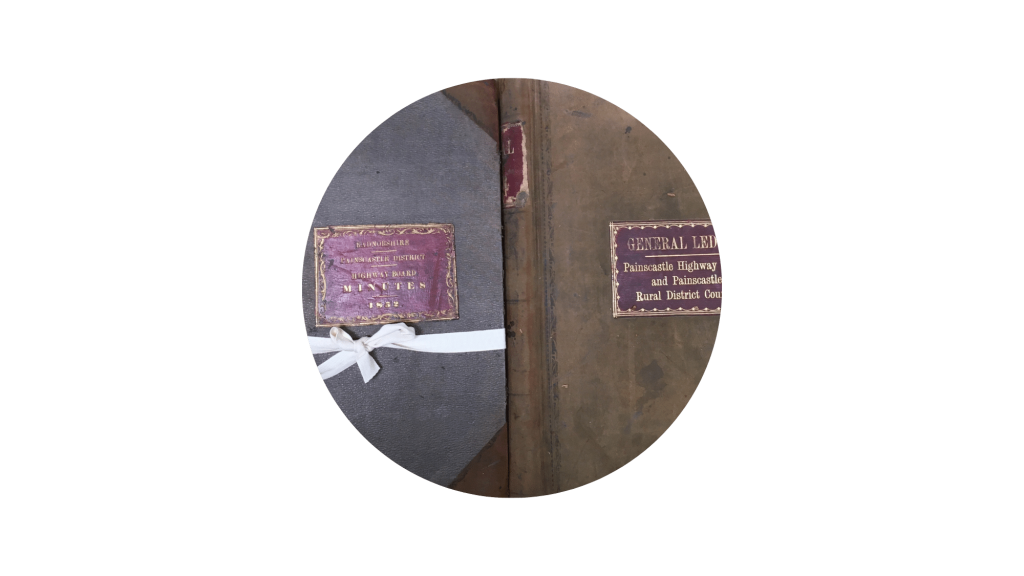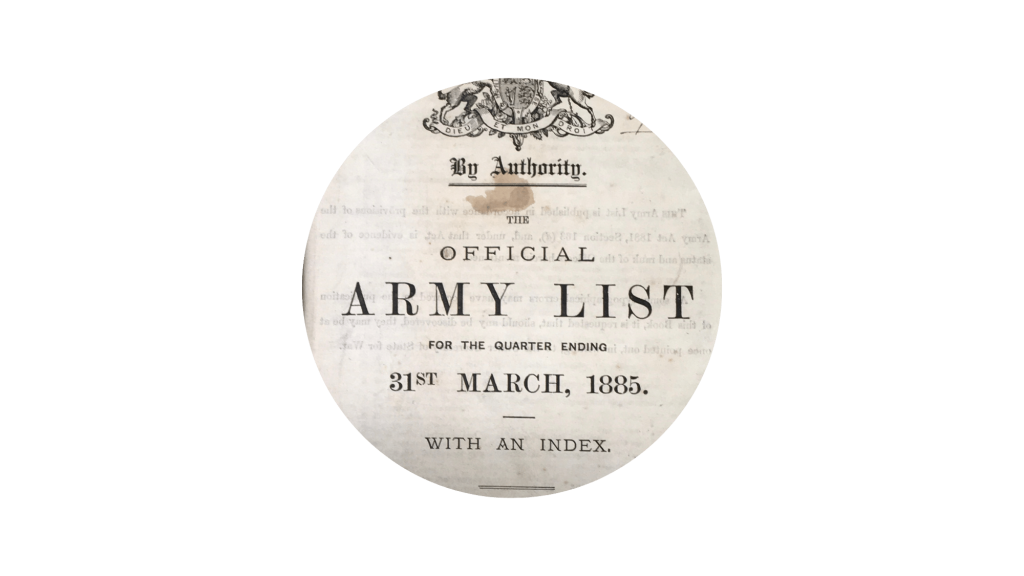Medieval boroughs were established by charters which provided the basis of their powers of self-government.
Official Records

Boroughs
Read more
Brecon Beacons National Park
Read more

Burial Authorities
Burial boards were set up under the Burial Acts of 1853. Under these Acts, the local authorities were able to establish and administer their own cemeteries.
Read more

Charity Commission
Under the Charitable Trusts Acts, 1853 and 1855, every charity was obliged to send an annual account to the Board of Charity Commissioners.
Read more

Civil Parish and Township
From the sixteenth century to the end of the nineteenth century ecclesiastical and civil administration at the parish level was supervised through the monthly vestry meetings.
Read more

Constabulary
Paid county constabularies were first established by Peel’s County Police Act of 1839, and were set up by the justices of the peace.
Read more

County Councils
County councils were established by the Local Government Act 1888, taking on many of the administrative functions of the Quarter Sessions.
Read more

District Councils
Formed in 1974 following the abolition of urban and rural district councils.
Read more

Education: School Boards
School boards, established under the Elementary Education Act of 1870, in areas with inadequate voluntary school provision, could raise a local rate to pay for new schools.
Read more

Education: Schools
Here we provide summaries of our holdings for primary schools, secondary schools, further education institutions, colleges, and special schools.
Read more

Highways Boards
The parish vestry was responsible for highways up to 1835, when the Highways Act enabled parishes to combine to form highway district authorities.
Read more

Highways: Turnpike Trusts
Turnpike trusts emerged in the seventeenth century, usually by private Acts of Parliament.
Read more

Lieutenancy and Militia
The Lord Lieutenant for the county was a Crown appointment. He was responsible for the local militia, an organisation essentially created by the Militia Bill of 1757.
Read more

Local Boards of Health
Local boards of health were established following the Public Health Act of 1848 and the Local Government Act of 1858, in populous areas not covered by a town vestry or council, or by improvement commissioners.
Read more

Poor Law: Board of Guardians
Workhouses were first established by an Act of 1723. In 1782 Gilbert’s Act enabled rural parishes to combine to form unions, and to set up reformed, or ‘proper’ workhouses.
Read more

Urban and Rural District Councils
Urban and rural district councils came into being with the Local Government Act of 1894, taking on the functions of the old urban and rural sanitary authorities (see Local Boards of Health, above). After 1925 they became rating authorities. They were abolished in the 1974 local government reorganisation.
Read more